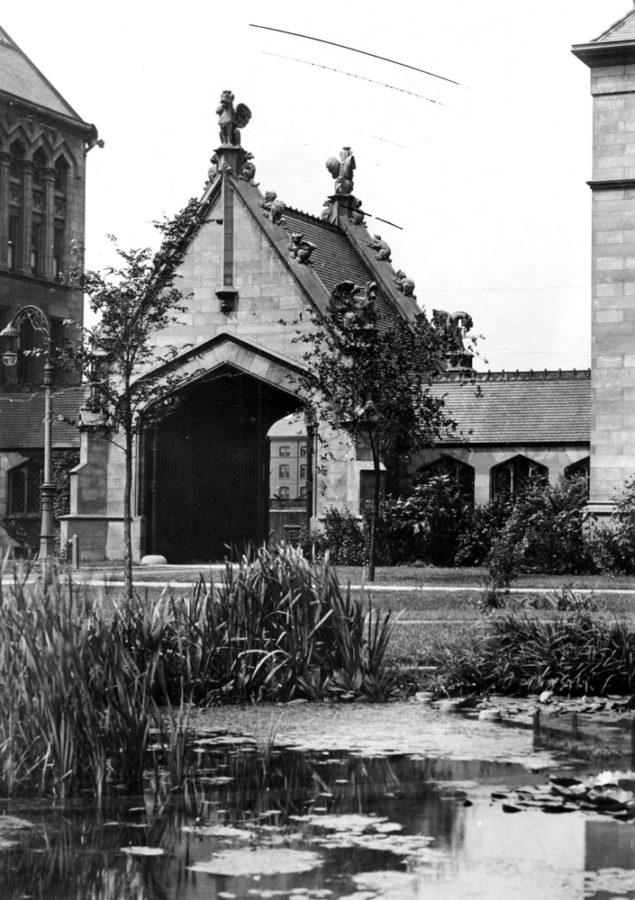With the opening of Treasure Island likely still weeks away, many Hyde Park residents find themselves shopping at the refurbished Hyde Park Produce (HPP). Amazingly, since relocating to the site of what was formerly the 53rd Street Co-op, its selection of foods has increased but the prices have not. In particular, pineapples, usually $4–6 apiece at most grocery stores, are consistently under $3 (usually ranging from $1.49 to $2.49 each, sometimes $2.89 or $2.98). Contrast these prices to the $8 (in dining points or Flex dollars) per pound for fresh fruit at Bartlett. As a first-year, I quickly realized that I could save my parents a lot of money by taking weekly produce trips rather than purchasing extra Flex dollars from Aramark.
So why are Hyde Park Produce’s fruits and vegetables so cheap? To answer this deceptively complex question, I talked to “Yo-Yo” Damico, who co-owns the store with his son Larry Damico and nephew Ron Thomas. The secret, Yo-Yo said, is that Hyde Park Produce buys fresh every day, except Wednesday, from several large wholesale produce markets in Chicago.
The real key to HPP’s low-priced, high-quality pineapples is the volatility of produce prices: Wholesale prices change all the time depending on weather and crop conditions. Buying fruits and vegetables from wholesale markets daily means retail prices can change more often, too. Large retail grocery stores can’t take advantage of price swings because they have to order further in advance, with the side effect that the produce is also less fresh when it arrives in the store.
Price “stickiness”—or the lack thereof—also plays a role in Hyde Park Produce’s success. When a large grocery store orders tomatoes at a certain price, it has to wait until they arrive and stock them, then sell most of them, and then perhaps lower the price to sell the remaining ones quickly. For example, at a large chain like Whole Foods, managers tend to order fresh produce less frequently, menu costs are higher, and prices are more “sticky,” reacting slowly to changes in the market.
Menu costs and stickiness come into play when a small retail store’s produce is bought from wholesalers in small daily amounts. When an economic variable is sticky, it adjusts slowly to changes in the marketplace. This means that there can be a larger markup on “cheap” items and a smaller markup on “expensive” items. A whopping 69-percent profit on one day’s batch of cherry tomatoes can subsidize a smaller profit margin on more expensive items, such as berries. In other words, a small store can stay viable even when making very little profit on items that are relatively expensive to buy from a wholesaler. By taking advantage of large daily price swings, when some items are much cheaper than usual, a small store can make a larger profit on already low-priced produce. Less sticky prices and low menu costs mean lower prices for consumers.
Perhaps the reason that Hyde Park Produce is so successful in its freshness-based pricing strategy is that it deals with unbranded commodities that have high price volatility due to frequent changes in weather, gas prices and transportation costs, changes in currency values for imported produce from Chile or Argentina, and so on.
Overall, the Damicos’ management provides an excellent example of Adam Smith’s “invisible hand” in action: By for consumer satisfaction through consistently delivering good products at low prices, everyone wins. The proof is in the produce.
Katharine Bierce is a second-year in the College majoring in Interdisciplinary Studies in the Humanities.







